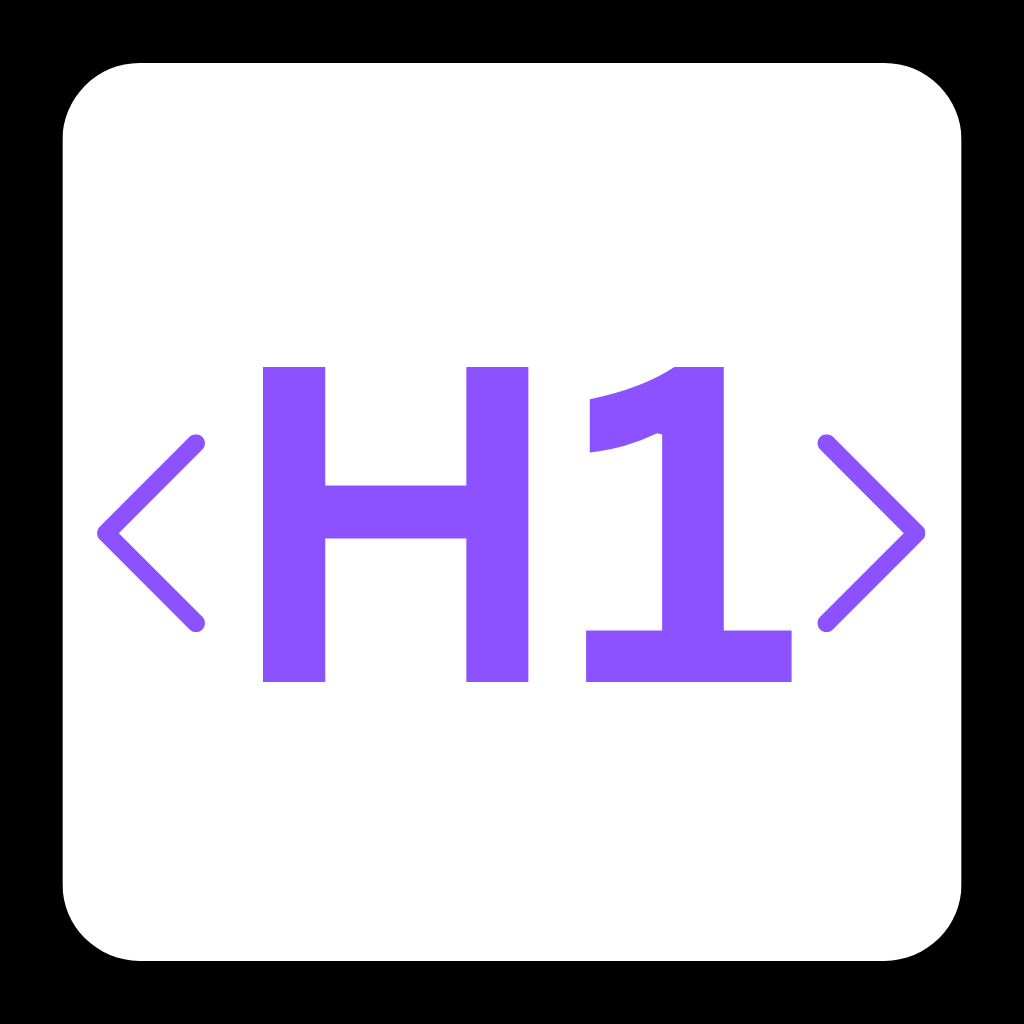Will Apple’s New Accessibility Features Set a New Standard for Inclusive Tech?
Apple’s Bold Move: Accessibility at the Heart of Innovation
For years, digital accessibility has been a challenge—apps that don’t describe images, devices that can’t be used without full vision, and a world of technology just out of reach for millions. But Apple is aiming to flip the script, announcing a suite of new accessibility features that could change how everyone interacts with technology—whether you’re blind, have low vision, are hard of hearing, or just want easier-to-use apps. Are we looking at a future where tech truly adapts to everyone? Let’s dive in.
🔍 Inclusion in Focus: Why Accessibility Still Falls Short
- The digital world still leaves many users stranded: apps often lack alt text, and assistive tools can be confusing—or missing entirely.
- Millions with vision or hearing loss, or who rely on alternative ways of communicating, frequently get left behind when new devices or apps roll out.
- Apple’s previous strides—like VoiceOver and Live Listen—helped, but gaps remain. Until now, solutions were piecemeal rather than platform-wide.
- This June, Apple introduced a range of features designed to close this divide, powered by advances in its Apple silicon, AI, and an ecosystem-wide focus on accessibility.
In our increasingly digital world, accessibility isn’t a niche—it's essential. Each unaddressed flaw means real-world isolation for someone eager to participate fully in work, school, and life. With growing legal and societal pressure for inclusion, tech giants can’t afford to ignore these needs.
🚀 Apple’s Breakthroughs: What’s New and Why It Matters
- Accessibility Nutrition Labels debut on the App Store, providing detailed information on how apps support (or fall short of) accessibility standards. Users can now make informed choices before clicking ‘Download.’
- Magnifier on Mac: Blind and low-vision users gain access to Apple’s acclaimed Magnifier app for the first time on desktop computers. Need to zoom into small print or examine complex documents? Now you can—seamlessly.
- Braille Access lets users take notes and do calculations via braille input and output, making tasks like budgeting or writing emails faster and more independent than ever.
- Accessibility Reader: A new, systemwide reading mode designed for comfort and clarity, whether you have reading difficulties or simply want less distraction.
- VisionOS Enhancements: The Apple Vision Pro’s camera gets smarter accessibility features—bringing immersive, adaptive controls and feedback.
- Personal Voice and Live Listen Upgrades: Updates designed to let people with speech or hearing challenges communicate more naturally and effectively.
What’s groundbreaking? These aren’t just one-off tools—they’re woven into the foundation of the Apple ecosystem, leveraging powerful AI and Apple’s custom silicon for real-time, intelligent accessibility. For everyday users, it means less hunting for accessibility switches and more features that "just work" out of the box.
✅ Empowering the Tech Community: Who Stands to Gain?
- ✅ Blind & Low-Vision Users: Exploration, note-taking, and interaction with digital content become vastly more intuitive.
- ✅ Deaf & Hard-of-Hearing Users: Improved Live Listen and Personal Voice tools lower communication barriers.
- ✅ Developers & Businesses: App Store’s Nutrition Labels provide incentives to prioritize accessibility—apps with better labels will stand out.
- ✅ Everyone: A more accessible Apple ecosystem means features like Accessibility Reader could benefit people without disabilities—for example, reducing visual clutter in busy environments.
Apple’s holistic approach is not just good PR; it creates tangible value for users, developers, and society. When inclusion becomes default, innovation accelerates for everyone. These features promise to set a new industry baseline—one competitors may find tough to match.
🚧 Remaining Challenges: Can Apple Deliver on Its Vision?
- 🚧 Real-World Testing: Features designed in Cupertino need robust feedback from the worldwide community—will they adapt quickly enough to varied needs?
- ⚠️ Developer Adoption: Accessibility Nutrition Labels only work if app makers keep their information honest and up to date.
- 🚧 Complexity vs. Simplicity: Adding more controls can overwhelm some users unless interfaces remain intuitive.
- ⚠️ Beyond Apple: These tools work best inside Apple’s ecosystem. Will similar advances reach Android, Windows, and web platforms?
As Tim Cook put it, “Making technology for everyone is a priority.” But bold promises require ongoing investment and vigilance—especially as accessibility needs evolve with context, culture, and tech trends.
🚀 Final Thoughts: A Step Forward for Inclusive Technology?
Apple’s latest accessibility features are more than upgrades—they’re a public statement about who gets to participate in the digital world. Success hinges on deep community involvement, honest developer contributions, and transparent reporting on impact. But this much is clear: when the world’s biggest tech company raises the bar, everyone takes notice.
Will these innovations push other tech companies to keep up? What accessibility features do you still want to see? Share your thoughts—we’re listening.
Let us know on X (Former Twitter)
Sources: Apple. Apple unveils powerful accessibility features coming later this year, May 2025. https://www.apple.com/newsroom/2025/05/apple-unveils-powerful-accessibility-features-coming-later-this-year/

